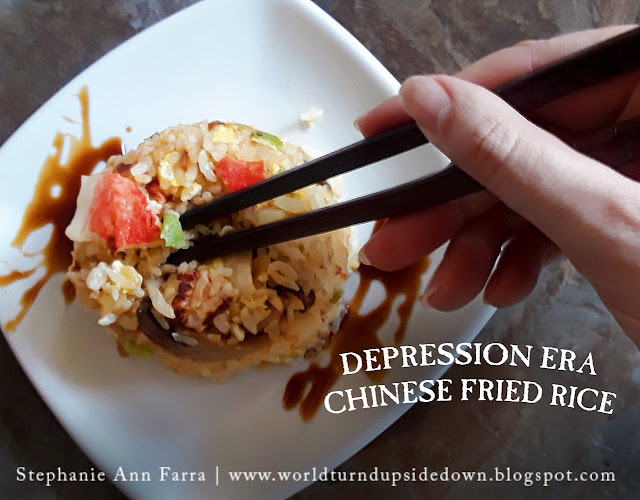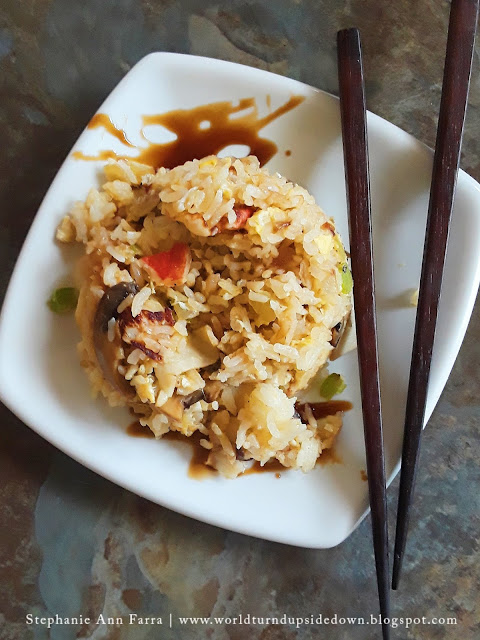This morning my friend Eva sent me this video, from Imbrandonferris on Youtube called "Making Fudge from the 1900's!" with the caption "I started a fire!"
Sometimes I get distraught that no one reads my posts or that no one cooks anything I post. I wonder why I bother. Old recipes and foodways are so important to me and I believe it's a skill that needs to be passed onto future generations, especially in an era where meals come frozen and vegetables are unrecognizable to many.
I started posting when I was young as a way to share the things I was learning. Every dish I cooked was an experiment. Maybe it would come out, maybe it wouldn't. I had a heck of a time transcribing measurements that sounded ridiculous. Pick the walnuts when they're the size of a squirrel's ear? Okay.
So many of the ingredients were foreign and needed research to decipher and effort to obtain. But now that I've been over 10 years into it, am a buttload of books more familiar with foodways over last 300 years and have studied under some of the best, some of that excitement when trying a new recipe has waned.
This video made me laugh so much. It brought me right back to the days when I didn't have any clue. It's a great reminder of why I started cooking old recipes in the first place. I made a lot of friends along the way and I love running into people who love reading my blog.
So without further ado, here is "Fudge from the 1900s" The recipe from a book called "A Little Cookbook for a Little Girl." First published in 1905, it was reprinted in 1916 and still being advertised in newspapers in 1921.
WWI Era Maple Fudge Recipe 1905, 1916
Ingredients:
- 3 Cups Brown Sugar
- 2 Cups 100% Maple Syrup
- 1 cup Whole Milk
- 1/2 cup water
- 4 Tablespoons Butter (the size of an egg which is actually a very common measurement)
- 1 Cup Walnuts or Hickory nuts, chopped
Instructions:
In a large pot, combine brown sugar and maple syrup. You can stir it at this stage. Heat until boiling. Once boiling add the milk and water. Boil for 2 minutes with the lid on.
Do not stir. Butter your thermometer and stick in the mixture, making sure it is not touching the bottom of the pan. Keep the mixture boiling until it reaches the soft ball stage (112 to 116 °C (234 to 241 °F). This will take about 10 minutes but can be longer.
Take an 8 x 8" pan and line with aluminum foil. Grease the foil with butter.
Do not stir. Remove from the heat. Add the butter. Let sit until it cools down to 230°C, 110°F. This will take about an hour. Do not stir. You want to move the fudge as little as possible during this time to prevent sugar crystals from forming too early and giving your fudge a gritty taste.
Once it has reached 230°C, 110°F it is time to stir. You will be stirring until it turns a lighter shade. It can take up to 30 minutes. Add the crushed nuts. Quickly pour it into your pan and smooth out the top with a spatula. Let look for 3- 24 hours. It's easier to cut the next day. Cut in 1/2 inch pieces.
Instructions with pictures:
In a large pot, combine brown sugar and maple syrup. You can stir it at this stage. Heat until boiling. Once boiling add the milk and water. Boil for 2 minutes with the lid on.
Do not stir. Butter your thermometer and stick in the mixture, making sure it is not touching the bottom of the pan. Keep the mixture boiling until it reaches the soft ball stage (112 to 116 °C (234 to 241 °F). This will take about 10 minutes but can be longer.
Take an 8 x 8" pan and line with aluminum foil. Grease the foil with butter.
Do not stir. Remove from the heat. Add the butter. Let sit until it cools down to 230°C, 110°F. This will take about an hour. Do not stir. You want to move the fudge as little as possible during this time to prevent sugar crystals from forming too early and giving your fudge a gritty taste.
Once it has reached 230°C, 110°F it is time to stir. You will be stirring until it turns a lighter shade. It can take up to 30 minutes. Add the crushed nuts.
Quickly pour it into your pan and smooth out the top with a spatula. Let set for 3- 24 hours. It's easier to cut the next day.
Cut in 1/2 inch pieces.
Hope you enjoy! If you liked this post, please share it!























